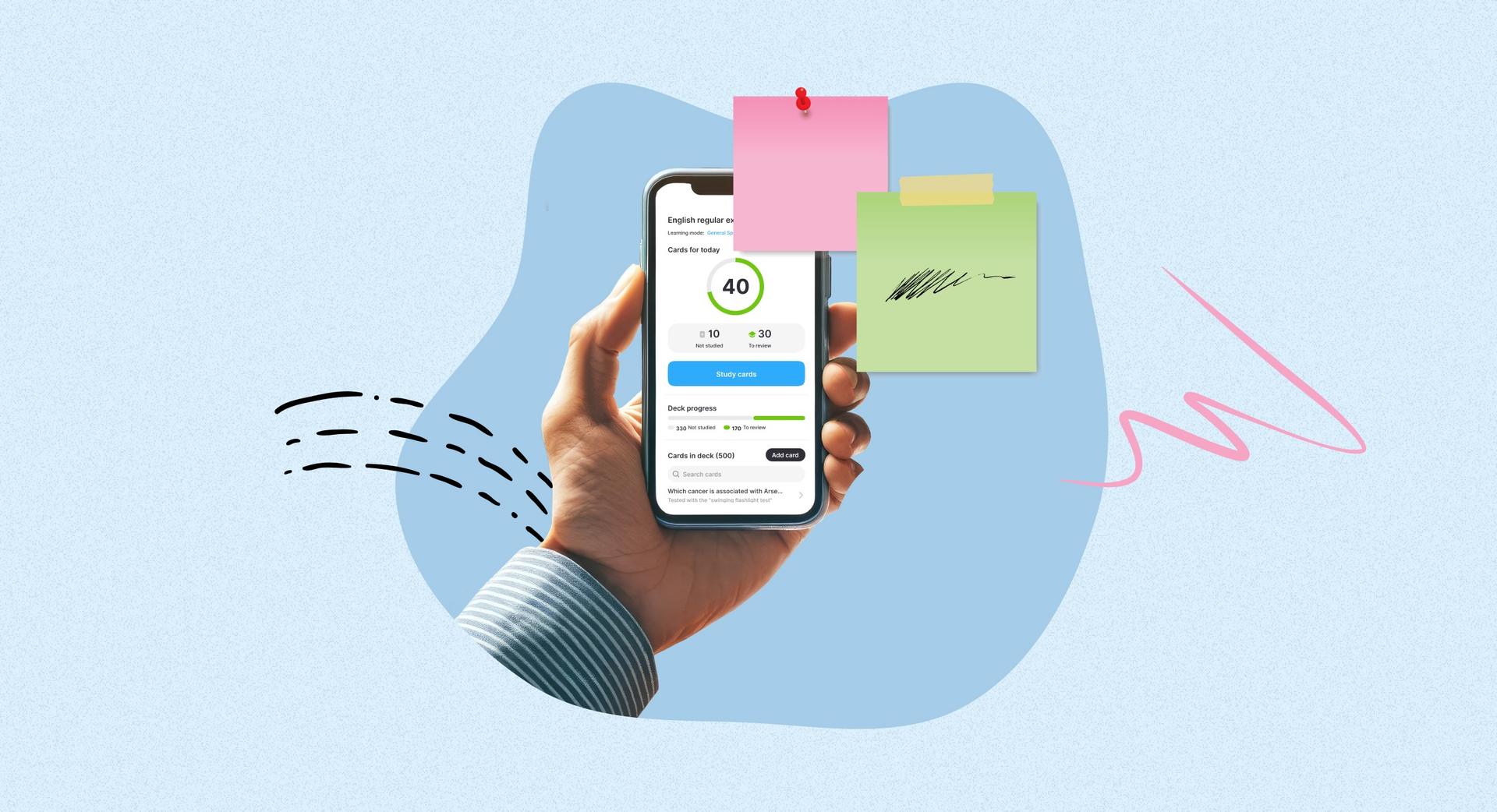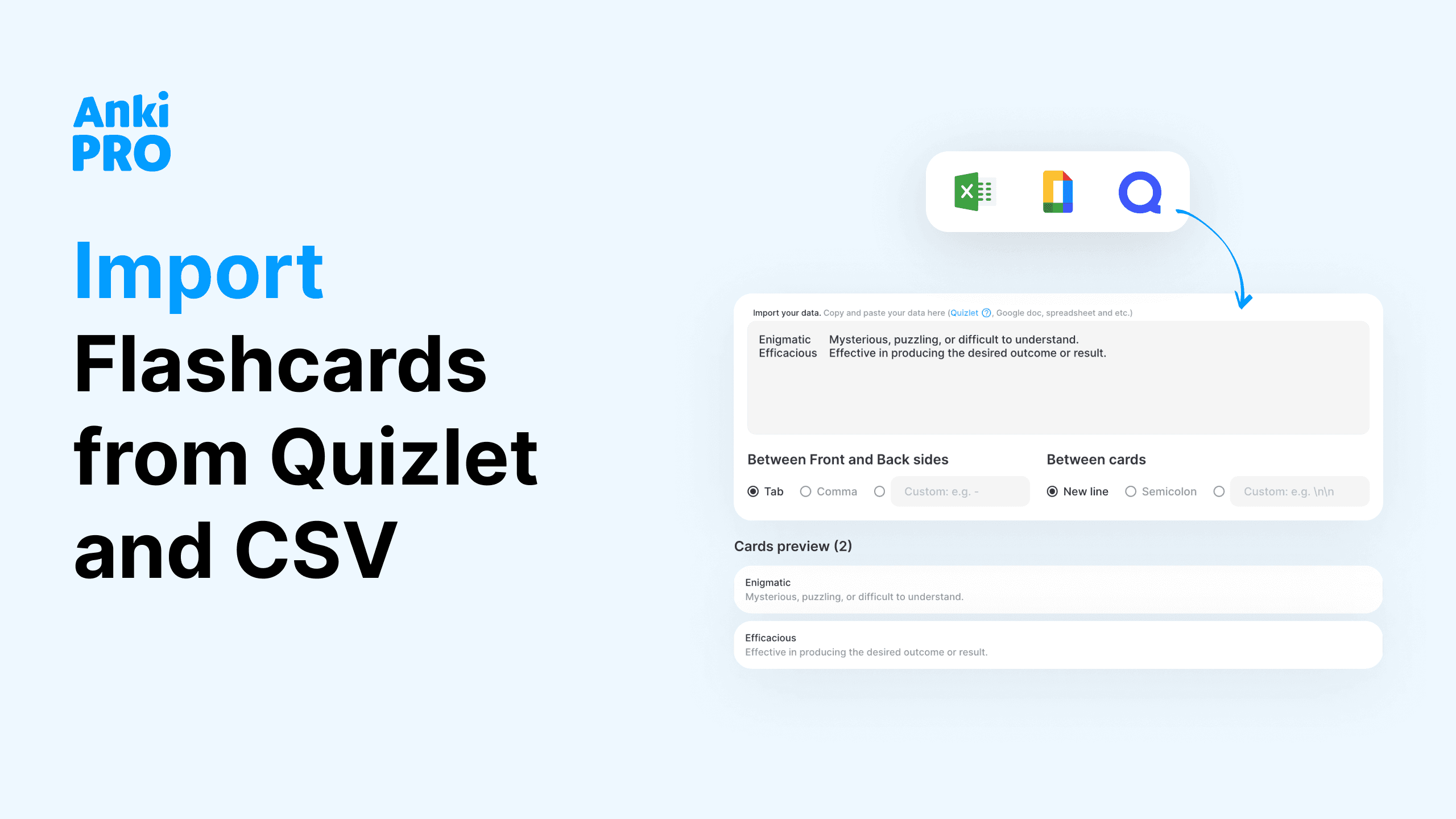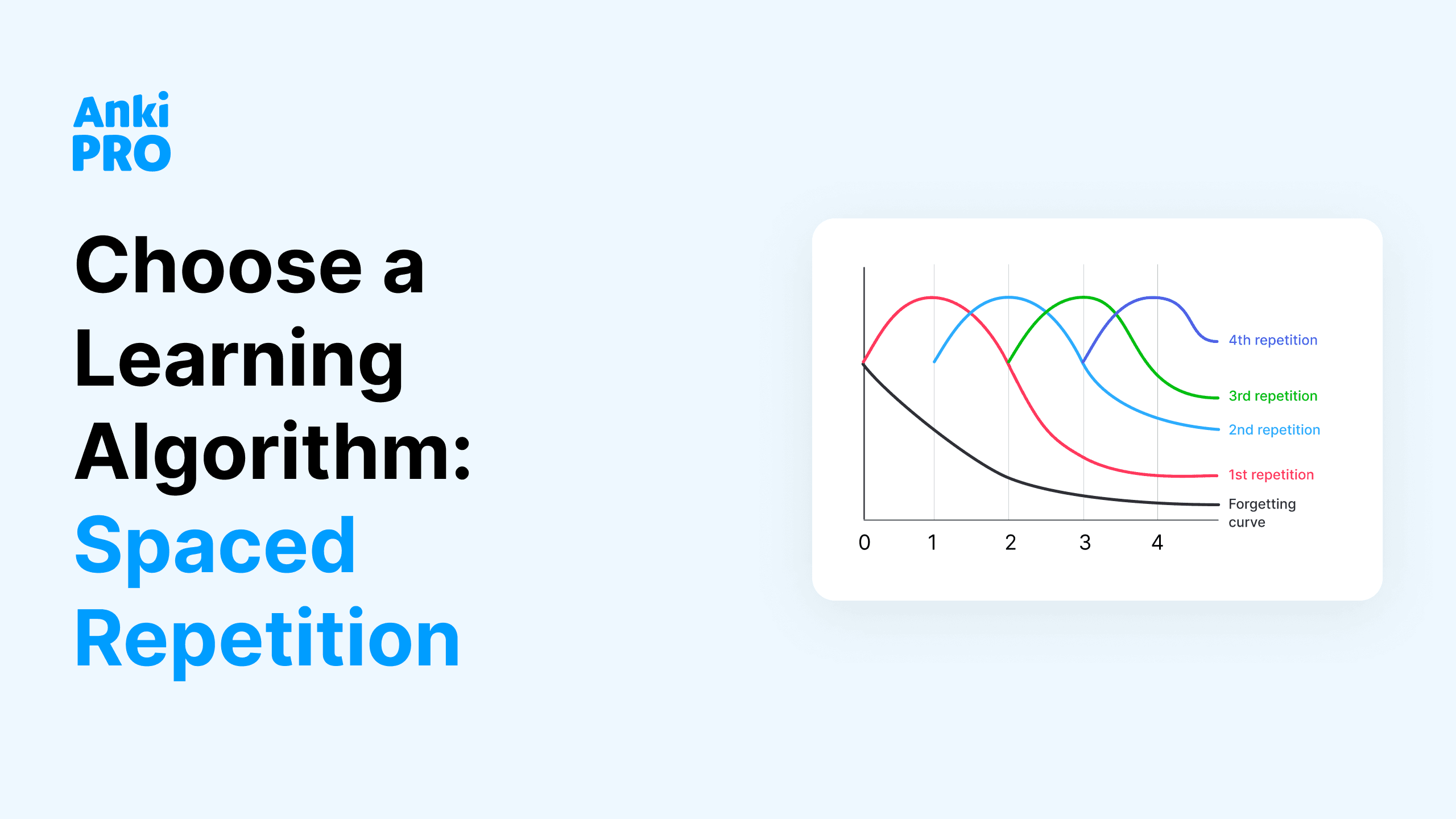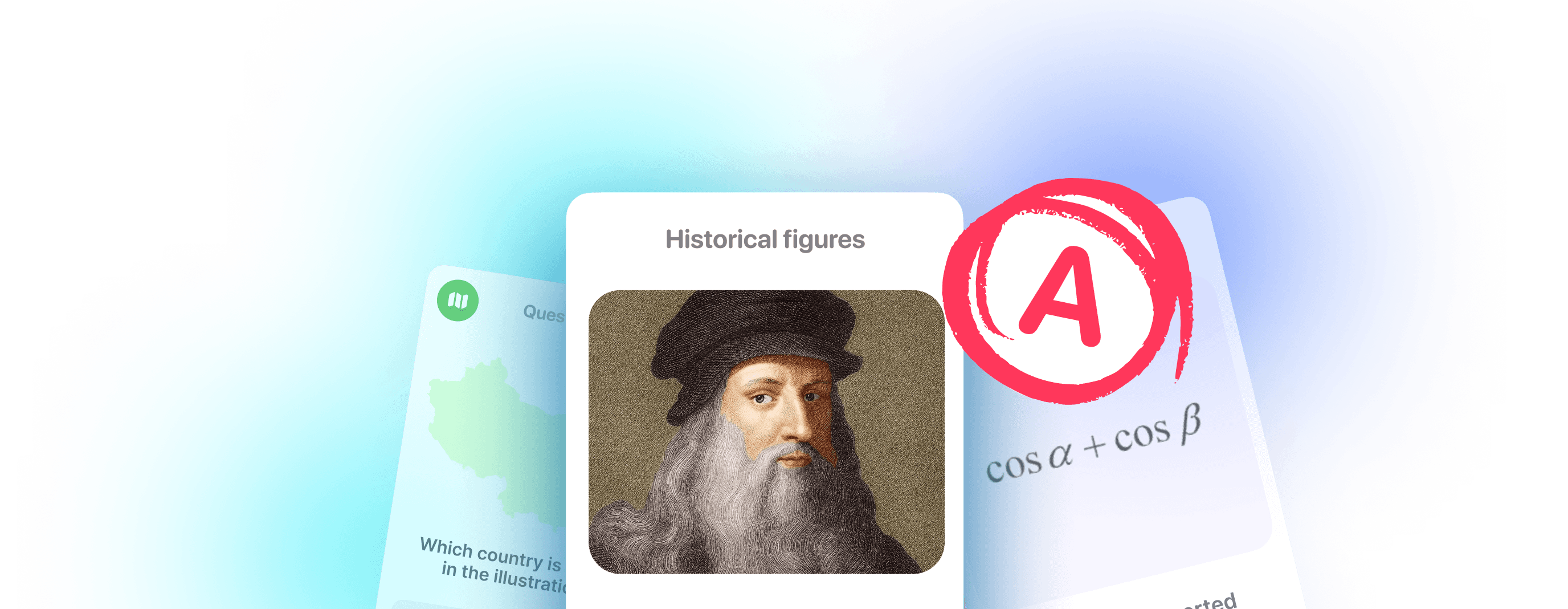In a world flooded with information, what if there was a simple, inexpensive way to personalize your learning and retain information effectively?
In the 1970s, Sebastian Leitner (b. 1919), a German science journalist and educator, developed a powerful study method for memorization new information. Leitner’s followers used physical flashcards and multiple boxes to leverage the power of spaced repetition and improve their learning skills.
Join us as we take a look at the Leitner system and explain why it remains one of the best study methods around.
What Is the Leitner System?
Sebastian Leitner wanted to find a simple, efficient, and effective study method. After trial and error, he lit upon the principle of spaced repetition. Research in memory and learning shows that most people learn best by pacing themselves. Dividing a long study session into shorter, regular intervals improves recall and decreases anxiety.
Leitner also realized that it is a waste of precious study time to keep drilling material that one has already mastered. Increasing intervals and creating longer periods between reviewing flashcards help to master a topic and plan the seeds of knowledge into long-term memory.
Combining these two insights, he designed a simple system that requires only flashcards and three storage boxes (also known as Leitner boxes).
The beauty of the system is that each student takes control of their learning and can adapt it to their daily, weekly, or monthly schedule.
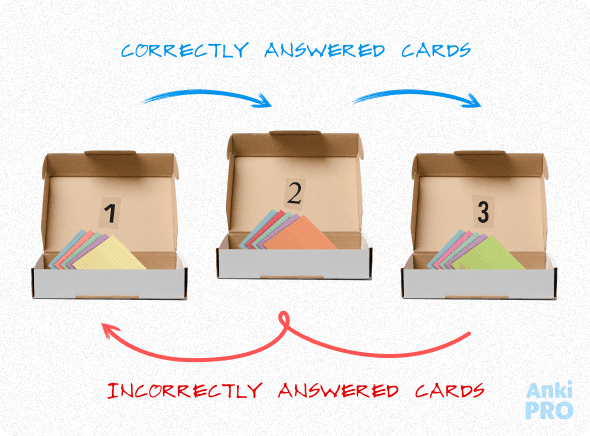
Learning to Learn with the Leitner System
Sebastian Leitner’s system quickly proved popular.
Based on that initial success, he released the book How to Learn to Learn in 1972. Drawing upon his journalism skills, Leitner made spaced repetition easy to understand and implement.
The book remains a classic in the field of teaching and effective learning. His theory is still valid.
Here are the four reasons to use the Leither system:
- Practice active recall and spaced repetition.
- Shorten your study time.
- See your progress every day.
- Revise your notes and structure material by making flashcards.
What is the Theory Behind the Leitner System?
Sebastian Leitner was very much a product of his times. Many educators in the 1970s wanted to use active teaching methods and empower learners to take responsibility for their learning.
There will always be some students who cram the night before an exam. However, a growing body of evidence confirms that the spacing effect at the core of the Leitner system leads to improved long-term memory and confidence.
Another advantage of the Leitner system is its flexibility. It can be used at school, in the library, at home, or on the road.
The method also lends itself to individual or group study sessions.
Most importantly, the Leitner method requires active engagement with the material and lets students assess their strengths and weaknesses regularly.
What You Need to Master the Leitner System
Here are the basic supplies needed to build a Leitner system.
#1: Creating Flashcards
Each Leitner system begins with a set of flashcards devoted to a specific subject.
If you prefer to romanticize old-school analog methods, you can try on your own! Craft paper flashcards or purchase professionally made decks on hundreds of subjects via online retailers such as Amazon.
In the blog, we talk a lot about the secrets of studying with flashcards. Long story short, each flashcard should have one key concept, vocabulary word (for mastering languages), or question on one side of the card, with the corresponding answer on the other side.
Once you have flashcards, we can eventually begin to practice the method.
#2: Using Leitner Boxes
The next step is to label and organize your Leitner boxes, which can be anything from old shoeboxes to unique storage solutions.
A basic Leitner system requires three boxes, as explained in the next section.
However, you can easily customize the system by adding as many boxes as needed for the material you want to learn and arranging the material in different ways.

How to Use the Leitner System
- Label the storage boxes from one to three (add more, if necessary).
- Start by putting all the flashcards in Box 1.
- During your first study session, go through the flashcards in Box 1. Depending on the length of the session, you might read all of them or just a portion.
- If you get a card correct, move it to the next box (Box 2).
- If your answer to the card is wrong, it goes back to the previous box (Box 1). Remember incorrect answers are totally okay!
- At your next scheduled session, go through the flashcards again, starting with Box 2.
- If you answer a flashcard correctly, move the card into Box 3.
- If you answered a card wrong, go back to Box 2.
- When you have finished the cards in Box 2, turn again to Box 1.
- Move the flashcards you answer correctly to Box 2 and put the incorrect cards back in Box 1.
- The goal is to end up with all of the flashcards in Box 3, signaling that you have mastered the material.
- Each iteration of the process lets you focus on the most difficult material and gives you a clear sense of your strengths and weaknesses in the subject.
Why the Leitner System Works
The Leitner system lets you personalize your learning and take it at your own pace.
For example, suppose you keep getting the answer to a Box 1 flashcard wrong over multiple sessions. This simply means that you need to spend more time on this topic or consult your instructor for help.
The Leitner method quickly focuses your attention on the concepts and terms that need the most work.
This is why it is such an effective way to improve information retention and active recall, whether for an in-class test or a high-stakes exam such as the bar.
Adapting the Leitner System to Your Needs
Here is just one example of a variation on the Leitner system useful for learning languages.
Imagine that you want to practice basic conversational French to prepare for your first trip to Paris. In this case, you could arrange the cards thematically and store each set in a day box. For example, you could create four Leitner boxes, one each for grammar, essential vocabulary, idioms, and verbs.
You would also need a fifth box to store the flashcards you got correctly.
On Monday, you might focus on the grammar cards, moving the ones you answer successfully to Box 5. On Tuesday, you repeat the process with the essential vocabulary cards, and so forth. On Friday, you review all the cards in Box 5, returning the ones you get wrong to the appropriate day box.
As you go through this cycle repeatedly, every five days, you should find that your active recall of the language increases, as does your confidence about your trip.
The day box approach can be readily adapted to complex subjects such as physics, chemistry, or law.
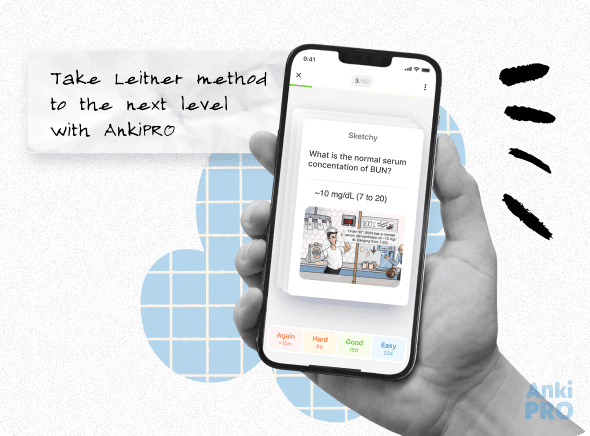
Take Charge of Your Learning
The Leitner system is limited only by your imagination.
Whether you use basic tools such as flashcards or want to try learning every day with Anki Pro, you can create a learning system that suits your subject, pace, style, and interests.
We have enjoyed introducing you to the Leitner concept and the proven value of its student-centered approach.
We encourage you to experiment with the Leitner method to find what works best for you. Once you get an idea of how your brain learns, it will get easier to progress! In just a few weeks, you can master a hard topic that would normally take a much longer period.
Spaced repetition will surely remain the most popular science-backed way to effectively learn anything! Download Anki Pro app for free and Mr. Leitner’s work without having to use cards and boxes IRL.



